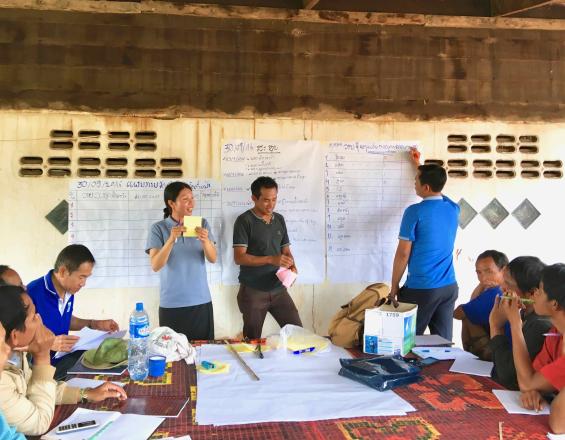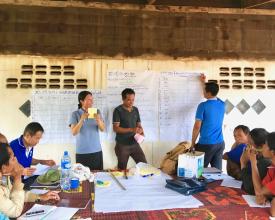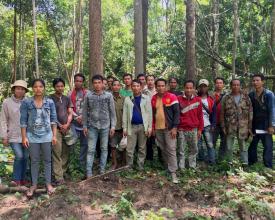
Scaling up Co-management from Hin Nam No to Village Forest Areas in Lao PDR

AFC scaled up a model for communities to participate in protected area management developed with GIZ between 2013-2016 in the Hin Nam No NPA. AFC supported three civil society organizations to implement the model elsewhere, including through co-management training modules, national-level awareness raising, exchange visits to Hin Nam No, local capacity building and policy advocacy. There are now 21 officially approved village co-management agreements, covering 204,747 ha of village forests.
Impacts
Over the year 2016, AFC prepared training materials and organized one national level and 21 district level workshops, working with two NGOs (LBA and ARMI) working on small community forests in Phongsaly, Xepone (LBA) and Savannakhet (ARMI), as well as with one NGO (GAPE) working on co-management in Xe Pian, a large national protected area in Champasak and Attapeu provinces. For the small forests, 68 persons were trained from local communities, district staff and NGO staff. There are now 11 villages with co-management agreements with 1,559 households, 9,354 inhabitants conserving 3,550 ha of village forests. In Xe Pian, 64 people were trained, 15 villages have co-management agreements to co-manage 201,197 ha with 1,524 households, 9,144 inhabitants. Participatory zoning and mapping was implemented at all 21 sites. Collaborative Agreements, was also implemented at all 21 sites. In each village a co-management committee of four members was set up. In Xe Pian, GAPE is now also setting up district co-management committees. The co-management agreements for all 21 villages were approved by district authorities. Evaluation meetings report positive impacts on wildlife seen by rangers. Two partner organizations could attract additional funding for co-management based on their achievements.










